Enterprise Search Security : RBM Soft’s Guide to MFA, Data Masking, Encryption & Cloud Compliance


In the modern software market, it is the rate at which organizations can deliver new innovative products Notifications & settings that make them successful or not. By that I mean that you have to innovate more quickly just to stay Help & support alive. The businesses that can iterate quicker, react to customer feedback with no time lag, and which can continuously deliver value, are winning.
At the heart of this transformation lies DevOps— a methodology that has revolutionized how we develop software.
DevOps is not about tools or automation, it is a mindset change regarding how organizations develop their products. DevOps builds on the idea of breaking down the traditional silos between the development and operations teams to create a culture of innovation that develops at a significant pace.
In this article we discuss how DevOps can serve as an accelerator to quicker product development and why CI/CD pipelines play a big role, and the cultural transformation needed.
Let’s get started.
Why Businesses Must Keep Innovating
Over time we have seen that speed of innovation has been identified as a key business-differentiating factor. The balance in the market has changed hugely over the past years. The old paradigm of producing software every six months or every year does not apply to most industries in todays software market.
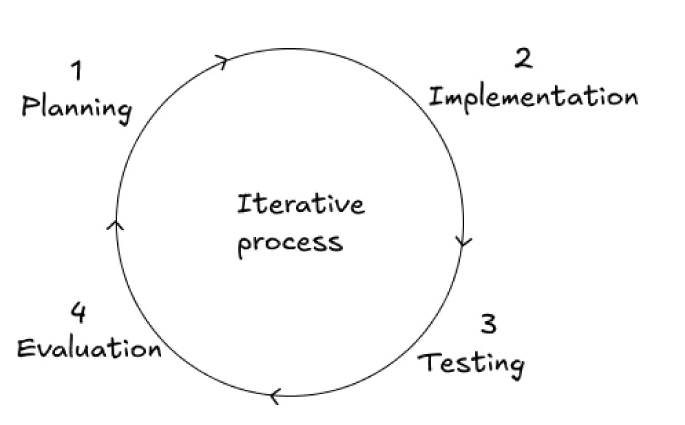
This high rate of speed required cannot be achieved at the cost of quality and stability. Users want an updated application but also they require reliable secure and performant applications. This is where DevOps comes in handy, it gives the system in accomplishing the speed and quality both.
Understanding DevOps
So, What exactly is DevOps?
DevOps is not a role, or any specific tools. It’s a cultural movement.
DevOps as a cultural and technical adjustment was a reaction to avoiding friction between development and operations teams. In past, teams had different priorities, interests, tools, and even metrics of success. Developers had to push the features out into the market fast, but the operations team was keener on stableness and the uptimes.
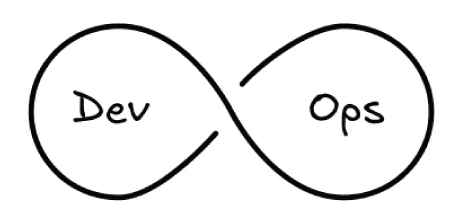
This division brought about the inherent conflict within the software development lifecycle. What would be handed over the wall is that code into the operations world and oftentimes ended up in some sort of deployment problems, and type of finger- pointing or in a delay of the release. The feed-back mechanism was long and ineffective.
DevOps is a system that prevents such barriers to coordination and collaborates between departments. It leads to cooperation, communication and integration between software developers and IT operations.
The main DevOps principles are continuous integration, continuous delivery, infrastructure as code, monitoring, and logging and a collaborative culture.
Later in this article we will discuss this in detail.
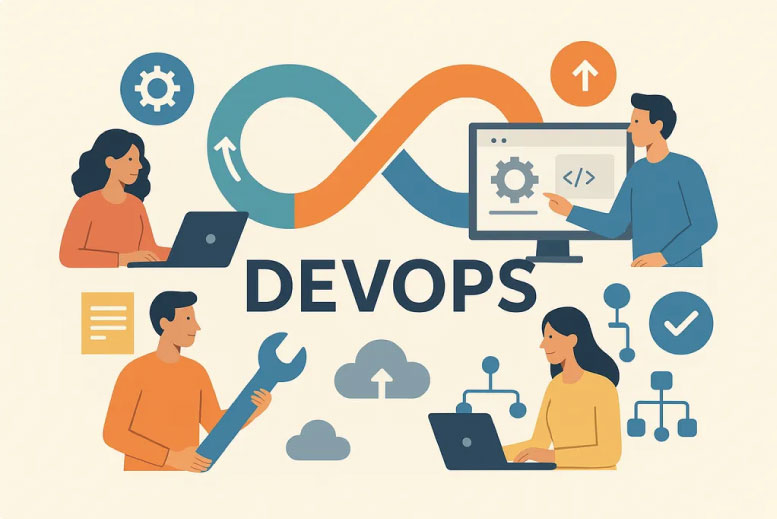
DevOps is more about Cultural shift than some specific tools as we mentioned already. DevOps clearly has a cultural dimension besides the technological one ensured by the use of CI/CD pipelines: it is all about changing the way people think.
The Problem with Traditional Silos
In conventional IT organizations the development teams are traditionally evaluated on the basis of velocity of delivering features and the volume of new capabilities that they can develop. Operations teams are instead graded in system uptime, stability, and performance. The conflicting incentives that are created by these various success metrics make innovation lag.
Speed is a primary concern of the developers and stability is considered a priority of the operations teams, so it is clear that conflict will occur. Developers might want to roll out rapid feature releases, and operations might want to avoid any modifications to the system which can cause an alteration to the stability of the system. The tension produces long change approval mechanisms, large volumes of manual testing and conservative release cycles.
DevOps culture facilitates shared accountability of application performance throughout software development lifecycle.
Under a DevOps culture, operation issues such as monitoring, optimization of performance, and incident response become areas in which the developers participate. Operations engineers, in particular, find themselves engaged in the development process and give their input in matters of architecture and attempt to develop systems that are innovative but sound in operations.
The DevOps culture means a restructuring of teams so that those teams become more cross-functional with team members with a wider skill set, able to cover across multiple spheres. The T-shaped model of skills that allow employees to have in-depth knowledge on one aspect and huge breadth of knowledge in various others makes it possible to achieve independence among teams and speed up the processes.
With a thorough knowledge of development and operations issues, team members are able to make more informed decisions when it comes to making trade-offs between features, performance and reliability. They are also able to work more effectively since they do not need to wait until specialists in other departments can resolve matters within their focus of expertise.
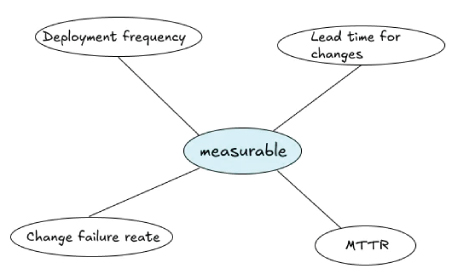
The benefits of DevOps for innovation aren’t just theoretical—they can be measured and quantified. Organizations that have successfully implemented DevOps practices consistently report significant improvements in their ability to bring products to market quickly.
Several key metrics demonstrate the impact of DevOps on innovation speed:
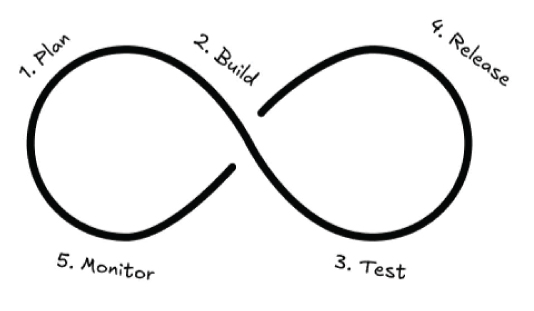
DevOps lifecycle most often consists of five stages: Plan, Build, Test, Release and Monitor. Every phase incorporates certain activities and techniques that boost the whole innovation process.
The planning stage is all about requirement, feature prioritization and development roadmap. Plan is shared and such planning occurs in a DevOps environment through the collaboration between software developers, operations team and business stakeholders.
The build stage is the process of compiling software, resolving dependencies and generating something deployable. The DevOps build practices pay much attention to automation and uniformity.
Some of the practices that have been identified to enhance faster innovation through building key practice is by building processes that run automatically and on the occurrence of code changes in the repositories. This automation removes human interaction that can setback and disrupt.
The testing phase concerns checking whether thechanges in codes perform as presumed and whether they are not introducing an interference on the already existing functionality. DevOps functional testing places a strong focus on automation, velocity and coverage.
Test-driven development technologies which involve writing of tests prior to code implementation. Such a practice makes code testable and aids in eliminating bugs before they go into production.
The release phase is associated with the deployment of changes in code in the production grounds. DevOps release practices all center on automation, safety and speed.
Some of the Release practices that can fast track innovations are:
Blue-green deployments where two identical production environments are kept, and traffic is switched between them to perform deployment. This strategy will allow zero-downtime deployment and fast rollback in case of such difficulties.
Canary releases that implementation of changes to a small group of users before applying it to all users. The strategy allows teams to test changes on users; however, it restricts the effect of possible bugs.
There are multiple way you can deploy your application. You need to choose based on your requirements and scenario.
Monitoring stage is concerned with what the application and infrastructure are performing like on the production level and how this is used to make new development decisions. DevOps monitoring emphasizes on visibility as near-real-time and preventative detection.
Up until this, we only talked about theoretically. Let’s explore some technical parts of DevOps.

Continuous Integration/Continuous Delivery (CI/CD) pipeline exists at the center of DevOps. You may hear this word as many times as you work in IT. CI/CD pipelines help automate constructing, checking, and committing code, as well as delivering code to actual users.
1. Continuous Integration
CI automatically tests the code as its code is committed into a version control system. As illustrated in the figure above. As opposed to at the conclusion of a development cycle, integration of all code changes is continuous with CI.
It affords a number of advantages. It identifies integration problems early on when they can be decreased more cost-effectively. Conflicts and compatibility issues are common when developers work on separate features by weeks or even months before the integration, these issues can be solved with automated CI.
CI gives quick feedback to programmers. Shortly after code is added, the developers are informed about whether their pull request is buggy or good to be merged.
2. Continuous Delivery
Continuous Delivery works on the continuation of automation on the deployment process where Continuous Integration centers on the test and the build processes. CD makes any change to the code ready to be deployed to production automatically, although the only human intervention is usually the final stage of deployment.
By using CD, once deployed it becomes a regular operation (with low risks) that can be deployed many times a day. This is an ability that assists the organizations in speeding up innovation. Teams no longer need to wait till a big feature is realized to deploy changes instead, they can deploy changes periodically acquire user feedback, and make changes accordingly, based on the actual usage of the feature.
3. Pipeline Automation
CI/CD pipelines that automate much of the process remove many of the manual bottlenecks that slowed the progress of product development in the past. Manual testing, code reviews, security scans and deployment steps are instead conducted by using automated components which may take minutes to complete rather than hours or days.
Although the potential that DevOps offers on innovations is huge, It comes with some challenges to implement. Organizations should, be aware of technical, cultural, and organizational challenges that can slow down your team instead of moving fast.
DevOps practices can pose a several problem in cases where legacy systems integration is to be effected. Older systems might not be set up to automate the deployment process, or might need manual testing that incurs a delay in the CI/CD pipeline. Given the challenges of the legacy systems, organizations must have a strategy that will ensure that the modernization of such systems is gradually introduced as new development is done through DevOps practices.
There might be skill shortages in the areas of automation, cloud infrastructure and monitoring. The DevOps approach would require organizations to invest in training or hiring in order create the technical capabilities necessary to achieve DevOps.
Stubbornness to change is a usual issue of application of DevOps practices. Team members can feel at home with the current processes, and may not believe in new processes. Leadership support and a proper message to employees about the benefits of transformation is a requirement of a successful DevOps transformation.
Organizational silos can be very deep-rooted and this can be a challenge to eliminate. Re-allocation of reporting, measurement of performance, and group make-up needs a tremendous commitment by the organization and can be met with resistance by mid- level management.
Recent trends indicate that with continued evolution to DevOps practices, there are new trends that will further speed innovation. Awareness of these trends can assist organizations in their readiness towards the future of products development.
Even more of the development lifecycle is becoming automated through integration of AI and machine learning. Testing solutions that are powered by AI can auto-generate test cases, ML models can forecast code revisions most likely to trigger complications, and smart-monitoring systems can identify anomalies sooner than they have a chance to affect users.
The GitOps practices are taking the idea of infrastructure-as-code to the application lifecycle further. In GitOps, systems are modified in the same version-controlled code, so a history of all the systems is produced and therefore faster deployment cycles can be adopted. The area of internal platform engineering is growing that design platforms and tools to facilitate development teams in implementing DevOps. These platforms are an abstraction over the complexity, and allow teams to concentrate on feature-building instead of systems management.
What DevOps refers to is more than a bloom of tools and practices, but a paradigm shift in how organizations should develop products. DevOps allows organizations to deploy products more quickly without compromising quality and reliability because it ensures that products get to the market faster due to the implementation of CI/CD pipelines, reduced silos and an emphasis on measurable outcomes. But to make DevOps implementation successful, there is more than switching to new tools. It demands cultural change, an organizational commitment and the ability to challenge the way software has previously been developed. By making the transition successfully, organizations will be able to deploy and change their components much faster and adapt to the changing market conditions successfully.